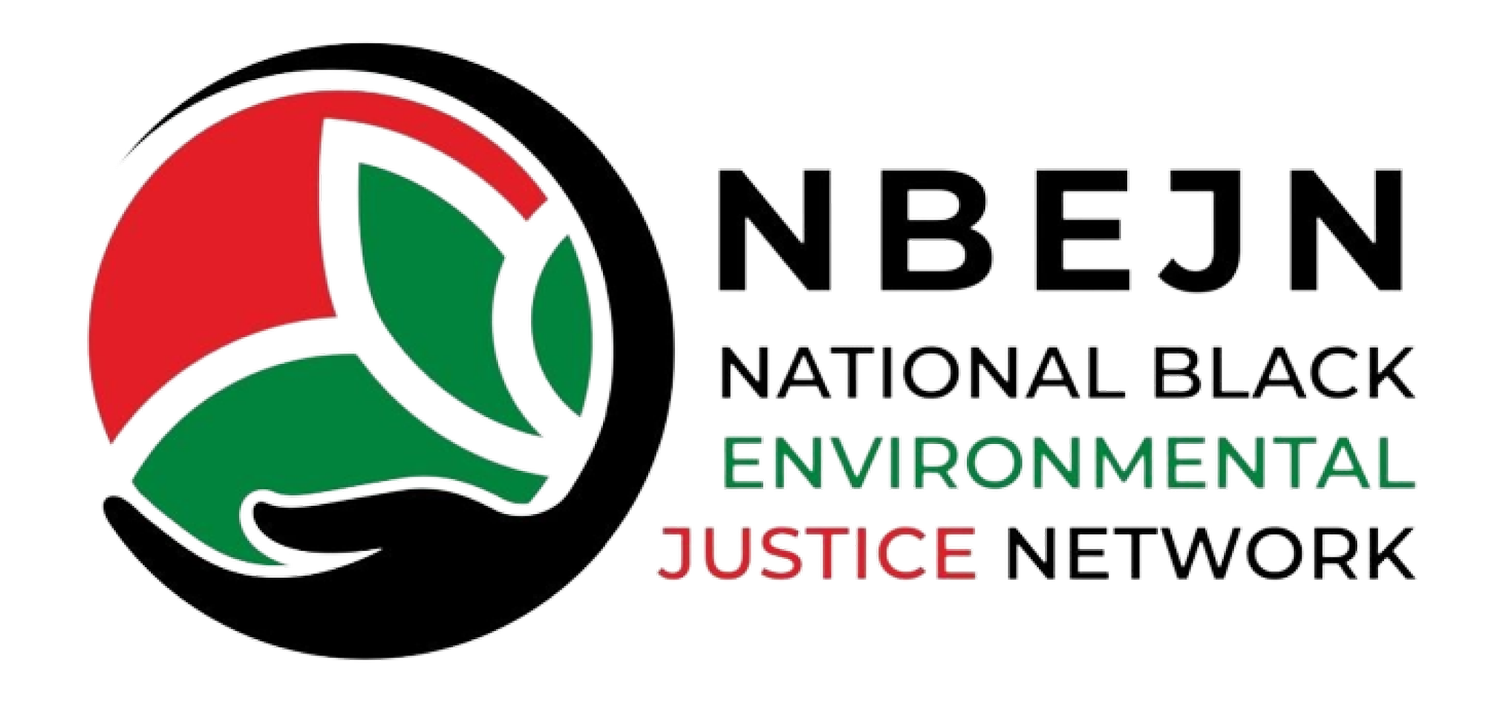Social Stratification and natural disasters
There’s no such thing as a NATURAL DISASTER
The official hurricane season for the Atlantic basin is from June 1 to November 30, but tropical cyclone activity sometimes occurs before and after these dates. As we move towards the middle of hurricane season, NBEJN reflects on the ways that race and income influence disaster response and recovery following extreme weather events. We reviewed Neil Smith's 2006 article "There’s No Such Thing as a Natural Disaster" as a thought-provoking piece on the ways that social class, race, and privilege influence a population's ability to survive and recover from extreme weather events.
Hurricane Katrina (August 29, 2005) was a devastating natural disaster that exposed the social inequalities in New Orleans. The poor and working-class people, who were disproportionately African American, were the most vulnerable to the storm's effects. They were less likely to have cars or insurance, and they were more likely to live in areas that were not protected from flooding.
The government's response to the disaster was also discriminatory. The National Guard was slow to arrive, and when they did, they were more focused on controlling the city than on providing aid to the victims. Many refugees were left stranded in the Superdome and Convention Center without food, water, or medical care.
The tragedy of Hurricane Katrina is not unique. It is one example of how disasters can exacerbate social inequalities. In other disasters, such as the 1976 earthquake in Guatemala and the 2004 tsunami in the Indian Ocean, the poor and working-class people have also been the most vulnerable.
Smith argues that disasters are not "natural" events, but rather they are social events that are shaped by the political, economic, and social conditions of a particular place. He also argues that disasters can have a disproportionate impact on the poor and working-class people, who are often less able to afford insurance or to evacuate to safety. Smith highlights the ways in which climate change and accompanying extreme weather are likely to disproportionately affect the poor and working-class. The article views catastrophic weather events through an environmental justice lens and calls for a more just and equitable response to disasters, one that takes into account the needs of all people, regardless of their social class or race.



